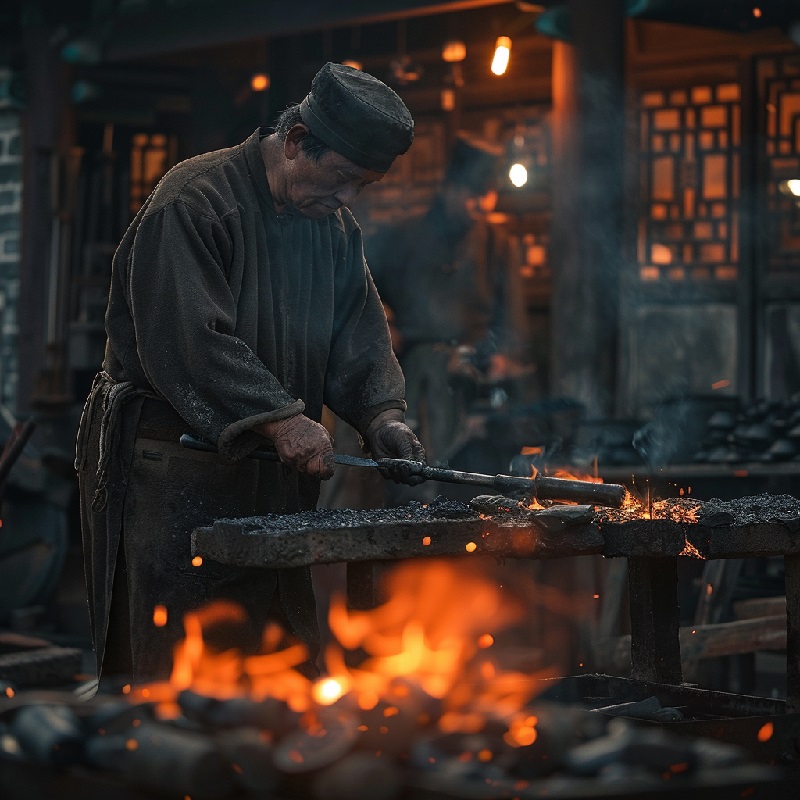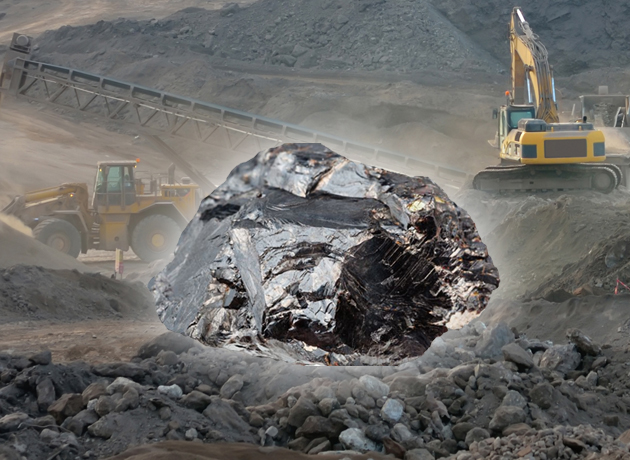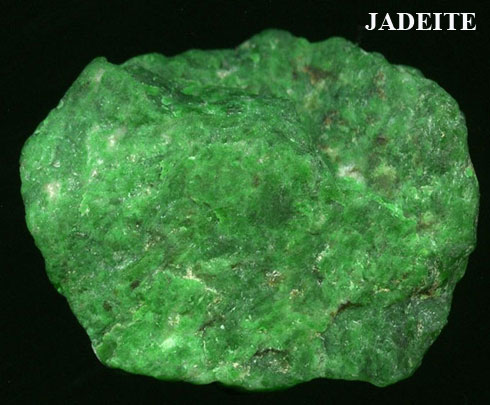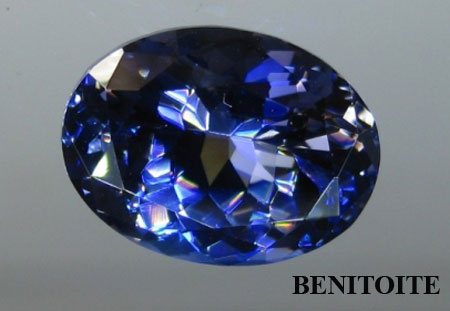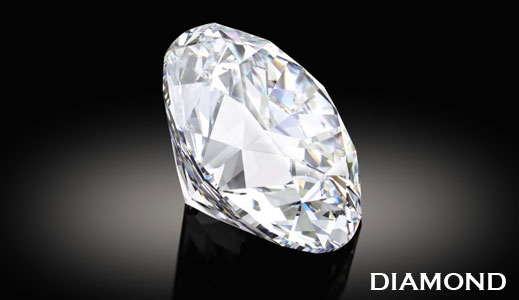Iron Ore Mining
IRON ORE :
Iron ores are rocks and mineral deposits from which iron can be extracted. These ores typically contain high levels of iron oxides and vary in color from dark grey, bright yellow, deep purple, to rusty red. Iron is commonly found in the form of magnetite (Fe3O4), hematite (Fe2O3), goethite, limonite, or siderite. Hematite, also known as "natural ore," dates back to the early days of extraction when certain hematite ores contained 66% iron and could be reliably fed into blast furnaces for iron production. Iron ore is the raw material used to produce pig iron, which is a crucial ingredient in steel production. Approximately 98% of extracted iron ore is utilized in steel manufacturing.
Uncontaminated iron ore is nearly absent on the surface of the Earth except for the presence of Fe-Ni alloys from meteorites and exceptionally rare forms of deep mantle xenoliths. Therefore, all sources of iron ore utilized by human industry benefit from iron oxide minerals, with the primary form used in the industry known as hematite.
However, in numerous situations, lower-grade iron ore sources have been utilized by manufacturing societies when access to high-grade hematite ore was unavailable. This has included the operation of taconite in the United States, particularly during World War II, and goethite or bog ore used during the American Revolution and the Napoleonic Wars. Magnetite is often utilized because of its magnetic properties, making it easily separable from gangue minerals.
Iron ore mining techniques differ depending on the type of ore being extracted. Currently, there are four types of iron ore deposits being worked on, based on the mineralogy and geology of the ore deposits.
HOW IS IRON OBTAINED?
Deposits of iron ore, such as hematite containing iron oxide, are found in sedimentary rocks. In a blast furnace, the oxygen is removed from the iron oxide to produce iron because iron ores consist of the element iron combined with other elements, mostly oxygen. Hematite and magnetite are the most commonly found iron ore minerals.
The smelting process involves heating the iron ore with carbon. Carbon combines with the oxygen and removes it, leaving behind iron. Blast furnaces reach extremely high temperatures, which melt the iron, allowing it to be drained off and poured into molds to form bars known as ingots.
MINING AND PROCESSING:
Iron ore mining can be broadly categorized into two methods: manual mining, which is employed in small mines, and mechanized mining, which is suitable for large iron ore mines.
Manual mining is typically limited to float ores and small-scale operations. Reef ore mining is also conducted manually on a small scale. In manual mining, the float ore area is excavated using picks, crowbars, and spades. The material is then manually screened and stacked, with waste being discarded back into the pits. Blasted broken ore is manually screened, stacked, and loaded into dumpers for transportation.
Mechanized mining involves the extraction of iron ore from surface deposits. In mechanized mining areas, all operations are mechanized, with mining conducted systematically through the formation of benches by drilling and blasting. Physical processes are then employed to remove impurities, and the processed ore is stockpiled and blended to meet product quality requirements before being made available to customers.
EXTRACTING IRON FROM IRON ORE USING BLAST FURNACE:
Extracting iron from its ore requires following a series of steps and is considered the penultimate process in metallurgy. These steps involve first concentrating the ore, then extracting the metal from the concentrated ore, and finally purifying the metal.
How is iron extracted from its ore? Iron is concentrated through the process of calcination. Once concentrated, water and other volatile impurities, such as sulfur and carbonates, are removed. This concentrated ore is then mixed with limestone (CaCO3) and coke, and fed into the blast furnace from the top. It is in the blast furnace that iron extraction occurs. The extraction of iron from its ore is a very long and arduous process that separates the useful components from the waste materials, such as slag.
What occurs in the Blast Furnace? A blast furnace is an immense steel stack lined with refractory brick, into which the concentrated iron ore, coke, and limestone are poured from the top, while a blast of hot air is blown in from the bottom. The goal of the Blast Furnace is to reduce the concentrated ore to its molten metal state. The iron ore, coke, and limestone are crushed into small, round pieces, mixed, and deposited onto a hopper which regulates the input.
The most common iron ores are hematite (Fe2O3) and magnetite (Fe3O4). These ores can be used to extract iron by heating them with the carbon present in coke. Coke, which is produced by heating coal in the absence of air, serves as a cheap heat source and also acts as the reducing agent for the reaction. Hot air is blown into the bottom of the furnace and heated using the hot waste gases from the top, reaching temperatures of about 2200K. It is crucial not to waste any heat energy, as it is valuable. The coke, essentially impure carbon, burns in the blast of hot air to form carbon dioxide and provides the majority of the heat, thus driving a strong exothermic reaction, which serves as the main source of heat in the furnace.
C + O2 ----------------> CO2
Due to high temperatures at the bottom of the furnace, carbon dioxide reacts with carbon to produce carbon monoxide.
C + CO ----------------> 2CO
This carbon monoxide is the main reducing agent in the furnace.
Fe2O3 + 3CO -----------------> 2Fe + 3CO2
In the hotter parts of the furnace, the carbon acts as a reducing agent and thus reduces iron oxide to iron. At these temperatures the product of the reaction is carbon monoxide along with iron.
Fe2O3 + 3C -----------------> 2Fe + 3CO
The hot temperature of the furnace melts the iron, which runs down to the bottom where it can be tapped off. Iron ore isn't pure iron oxide; it also contains various rocky materials. These substances cannot melt at the temperature of the furnace and would eventually clog it. As a solution, limestone is added to the blast furnace to convert this into slag, which will melt and run to the bottom. The heat of the furnace causes the decomposition of the limestone to produce calcium oxide.
CaCO3 ------------> CaO + CO2
Since this process involves absorbing heat from the furnace, it is an endothermic reaction. Therefore, it is essential not to add too much limestone, as it can cause the furnace to cool rapidly. Calcium oxide obtained from decomposition reacts with acidic oxides, such as silicon dioxide present in the rock. As a basic oxide, it reacts with silicon dioxide to produce calcium silicate.
CaO + SiO2 -------------> CaSiO3
The calcium silicate produced melts and flows down the furnace to form a layer on top of the molten iron, from where it can be tapped off periodically as slag. This slag can be used in road making and as "slag cement" - a finely ground slag that can be used in cement, often mixed with Portland cement.
The molten iron retrieved from the bottom of the furnace can be utilized to produce cast iron. Cast iron possesses a fluid nature when molten and undergoes minimal contraction upon solidification, making it particularly suitable for casting. However, it is inherently impure, containing approximately 4% carbon. While the presence of carbon lends it hardness, it also renders it brittle. Upon impact, cast iron tends to shatter rather than bend or deform.
This type of iron finds application in a variety of products such as manhole covers, cast iron pipes, valves, and pump bodies in the water industry, guttering and drainpipes, cylinder blocks in car engines, Aga-type cookers, and high-end, heavy cookware.
A larger quantity of molten iron from the Blast Furnace is utilized in the production of various types of steel. Steel isn't a singular substance but rather a group of iron alloys containing carbon and various other metals.
TOP IRON PRODUCING COUNTRIES:
IRON PRODUCTION IN THE WORLD :
Studies reveal that Australia and China are known to contribute as the world's largest iron ore mine producers, producing 1.5 billion metric tons and 660 million metric tons, respectively, in the year 2014. In recent years, Brazil has secured the second position in major iron production. Other countries such as China, India, and Russia are among the top five countries known for contributing to iron production.
|
|
||
Related Mining









